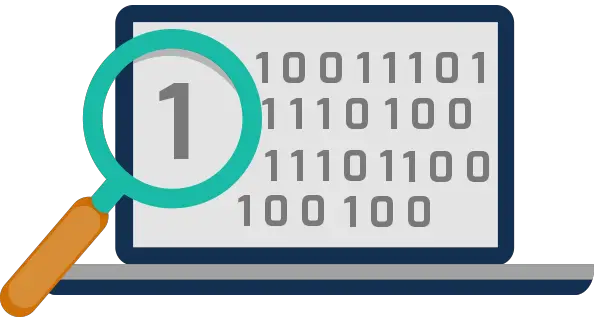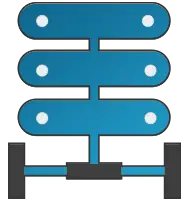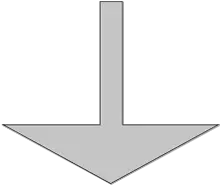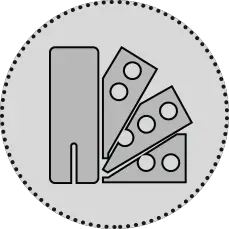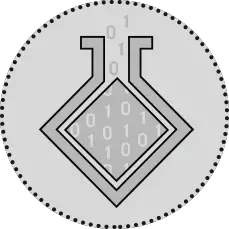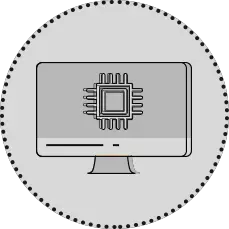There have been some recent inquiries about the differences between the 3G and 4G technologies relating to how many Gigabytes faster is 4G. Well, I instantly realized the confusion. There is a big difference between Gigabytes and the Gigabit per second that the 4G claims to be capable of. However, the question sparked my interest and in my ever-increasing thirst for knowledge, What’s a G was created. 3G, 4G, 4g LTE and 5G explained.

